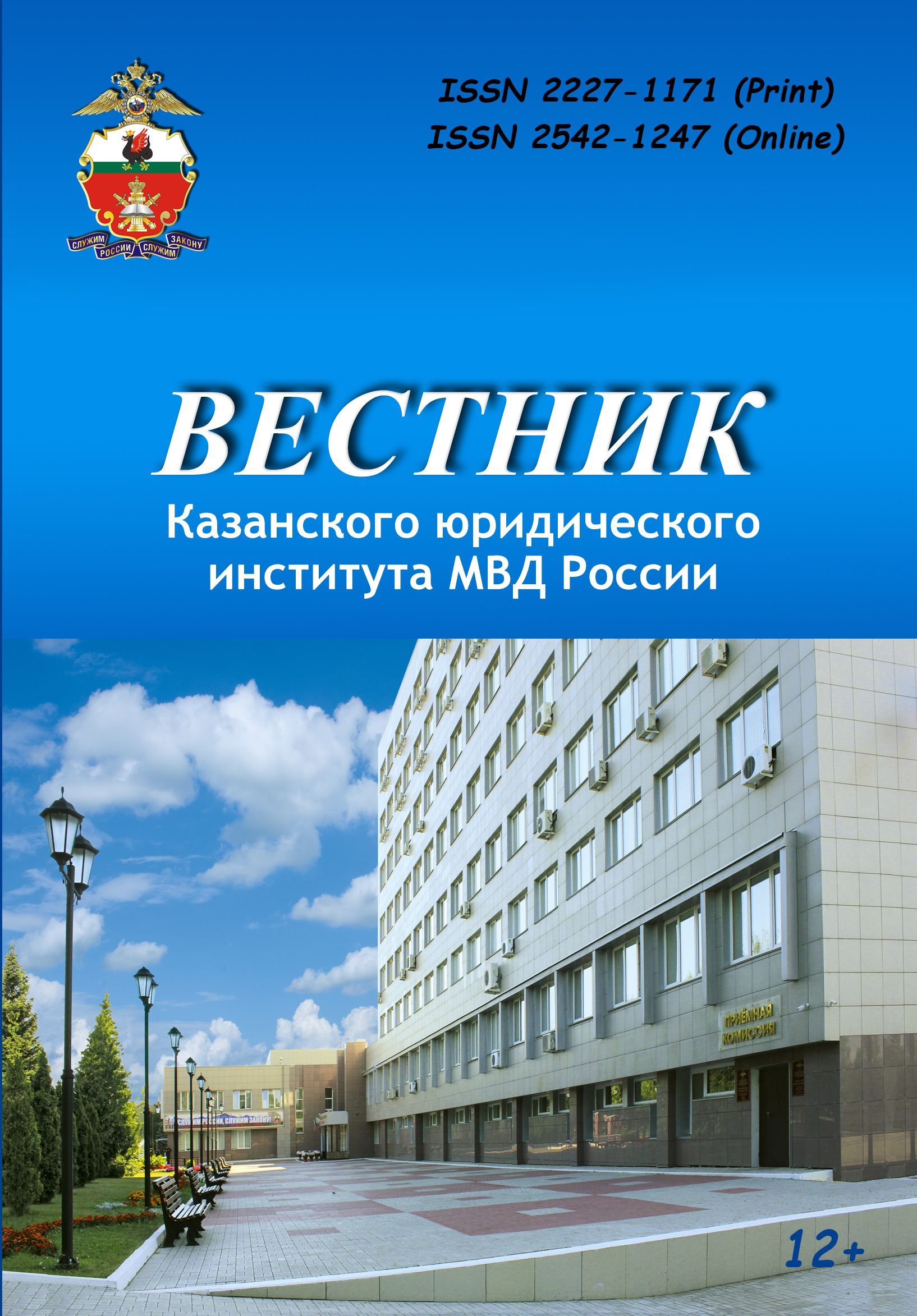Introduction: the article shows the prevalence of risk constituents in some everyday connotations - family, education, employment, leisure, personal and critical. Correlation dependence is considered between separate characteristics of life situation of youth and their deviant activity. Materials and Methods: the method of online youth survey was used to obtain empirical data. Results: links between deviant behavior and family situation, examples of deviant behavior in inner circle, unfavourable living conditions, deviant/criminal activity in microdistrict, air pollution of home area, uncertainty in the implementation of their life plans, absence of guilt and shame for possible deviation, victimization have been developed. Discussion and Conclusions: the study from on the one hand has confirmed risk factors of deviant behavior, from the other hand figured out new risk factors unstudied by Russian researchers. This gives opportunities for new research establishing a goal of forecasting of deviantological situation within the specified territory. The use of the contextual approach in studies provides an opportunity to expand and systematize risk factors depending on the spheres of life activity, to analyze the totality of the components of everyday life as life situations that can serve as a backdrop for normal social activity of individuals.
konteksty povsednevnosti, faktory riska, zhiznennaya situaciya, deviantnoe povedenie, molodezh'
1. Schneider H.J. Kriminologie für das 21. Jarhundert: Schwerpunkte und Fortschritteder internationalen Kriminologie.- Münster: Lit. 2001.
2. Boers K., Reineke J. (Hrg.). Delinquenzim Jugend alter: Erkenntnisse einer Münsteraner Längsschnittstudie. - Münster: WaxmannVerlag GmbH, 2007.
3. Breuer T. Kriminologie als kriminologische Handlungs lehre: Ein Grundriss für die Aus- und Fortbildung.- Landwaden: BernardusVerlag, 1998.
4. Oberwittler D., Schwarzenbach A., Gerstner D. Polizei und Jugendliche in multiethnischenGesellschaften: Ergebnisseder Schulbefragung 2011 „Lebenslagen und Risiken von Jugendlichen“ in Köln und Mannheim.- Freiburg im Br.: Max-Planck-Institutfürausländisches und internationals Straftrecht, 2014.
5. Bernecker-Wolf A., Hutz P., Lauer H., Nowotny E., Thyen U., Wolff R. Kindes mis shandlung. Erkennen und Helfen.-Berlin: Kinderschutz-Zentrum Berlin, 2000.
6. Oberwittler D.Wohn quartiere mit konzentrierten sozialen Benachteilungen können zur Verscharfung der Jugend delinquenz beitragen. Neue Erkenntnise zu sozialraumlichen Kontext effekten // Recht der Jugend und des Bildungswesens. 2008.№ 1. S. 73-83.
7. Breytueyt D. Prestuplenie, styd i vossoedinenie. M: MOO Centr «Sudebno-pravovaya reforma», 2002.
8. Thiersch H. Lebensweltorientierte Soziale Arbeit: Aufgaben der Praxis im sozialenWandel. - 3. Aufl. -Weinheim; München: Juventa Verlag, 1997.















